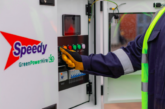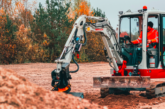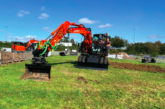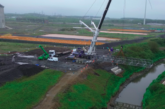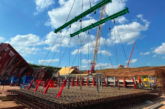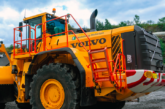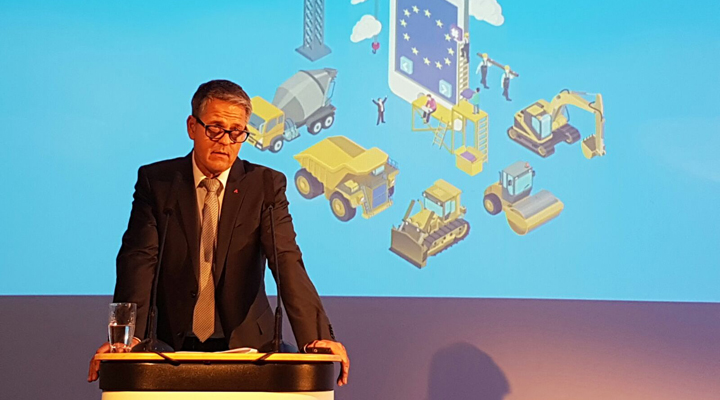
• Industry meets in Prague to discuss trends and challenges
• Technology leadership heralded the key to future success
• Market growth expected of 5 to 10 per cent in Europe in 2016
“The European construction equipment industry is an example of technology leadership. Increasingly, our machines are ‘digitised’ and there is no escape from that.” That was the main message from CECE President Bernd Holz, addressing the CECE Congress 2016 in Prague, Czech Republic, an event which saw close to two hundred leaders from the construction equipment industry in Europe come together, as well as technical experts, sales managers, trade press and international trade association representatives.
Transforming Business
The main theme of this year’s Congress was ‘Industry in Transformation – Drivers of Success’. The two-day programme with dozens of speakers explored a multitude of relevant trends, from the wave of digitisation currently enveloping industry, to the global economic outlook and the latest technical developments in the field of electrification, as well as in the organisation of the construction site of the future. The CECE Congress 2016 was hosted by the Czech national association member of CECE, SVSS, and made possible with the special support of Doosan Bobcat and Ammann, which both maintain substantial production facilities in the country.
 Industry Outlook
Industry Outlook
“Construction equipment sales in Europe recorded sound double-digit growth in the first half of 2016 compared to the same period in 2015”, continues Bernd Holz. “The pick-up in demand extended to all construction equipment sub-sectors, with building construction equipment taking the lead, and to almost all markets in Europe.”
Despite the strong demand in the first half of the year, the industry sentiment looking forward is more subdued. The CECE business climate index was back at positive levels in September, having digested a steep dip in July following the Brexit vote, and after eight months of gradual improvement since the autumn of 2015. Concrete equipment manufacturers are currently the most optimistic sub-group within the CECE Barometer, while road equipment manufacturers are least optimistic about growth. Provided that the general conditions within the sector and its customer industries do not change substantially in the coming months, CECE expects full-year growth of the European market of between 5 per cent and 10 per cent.”
Markets at a glance
The building construction equipment sector continued its growth in Europe in with a plus of around 30 per cent in the first half of 2016. This is not surprising, given that European residential (+3.1%) and non-residential (+2.5%) construction industries are seeing the strongest growth since 2007. While levels of building activity are still well below pre-crisis levels, it is notable that recovery has begun in regions where there hasn’t been any growth in recent years.
Earthmoving equipment sales (excluding telescopic handlers) reached a level of 84,000 units in the first half of 2016, the highest since 2008, and corresponding to a year-to-date growth of 14 per cent after six months. There are various reasons for the strong performance in the earthmoving equipment sector: the demand push following Bauma, much stronger investment activity by the rental sector, a good performance in the civil engineering sector, but most significantly, a concurrence of positive market developments across European countries and regions.
Road equipment is the sub-sector within the construction equipment industry at the most advanced stage of post-crisis recovery, reaching an estimated plus of around 10 per cent in the first half of 2016.
For further information on the Committee for European Construction Equipment visit http://www.cece.eu/

